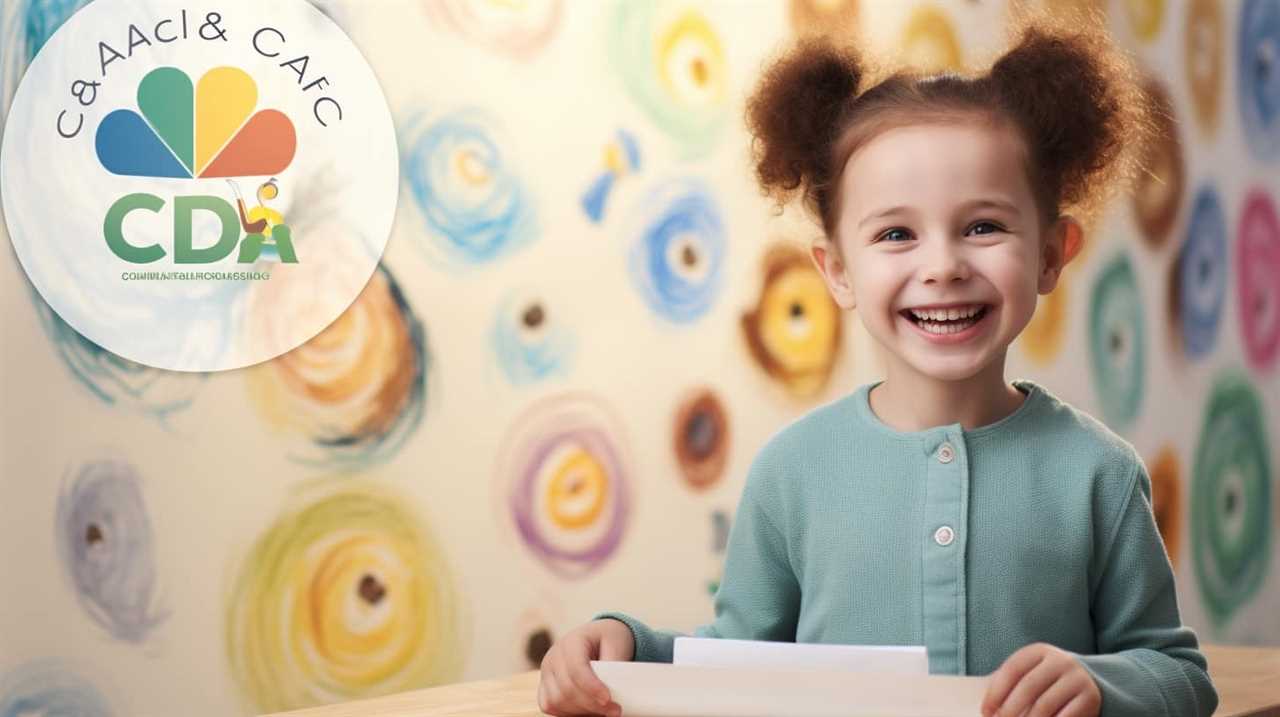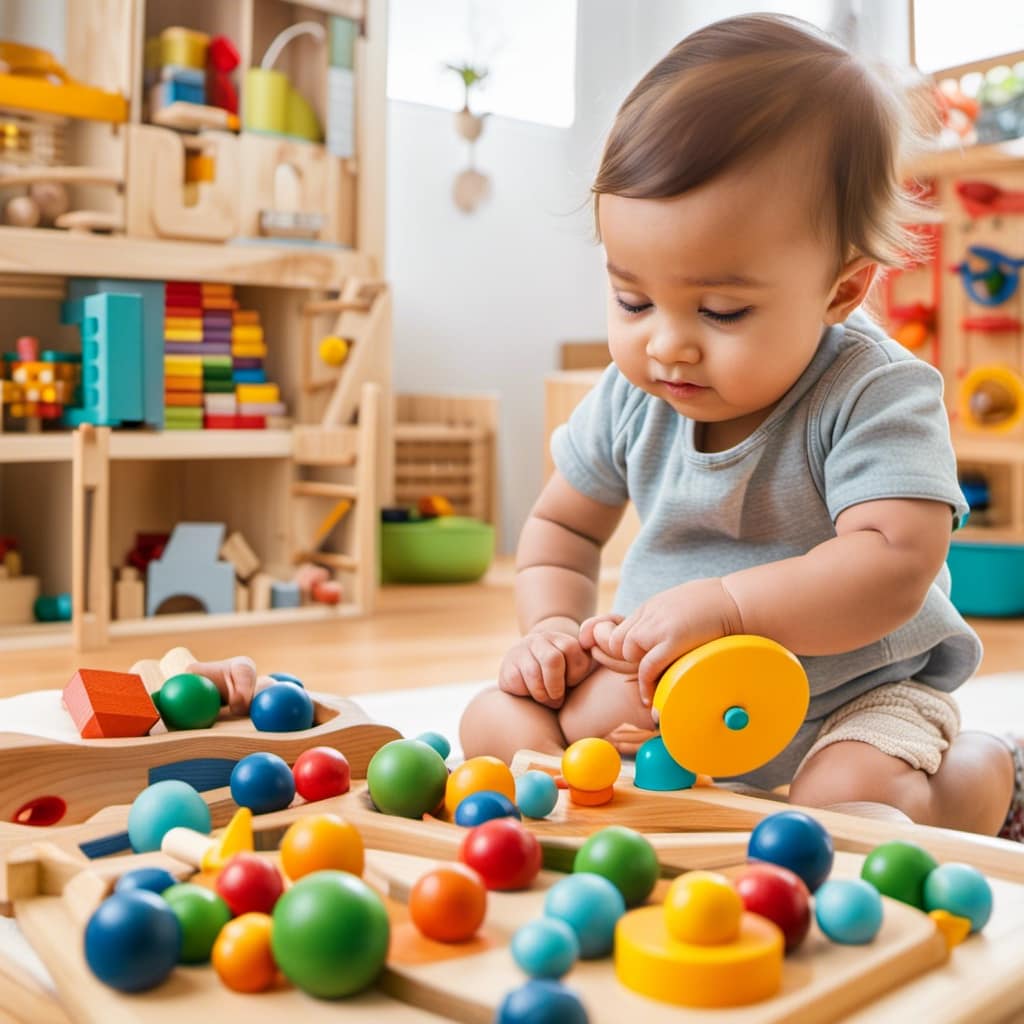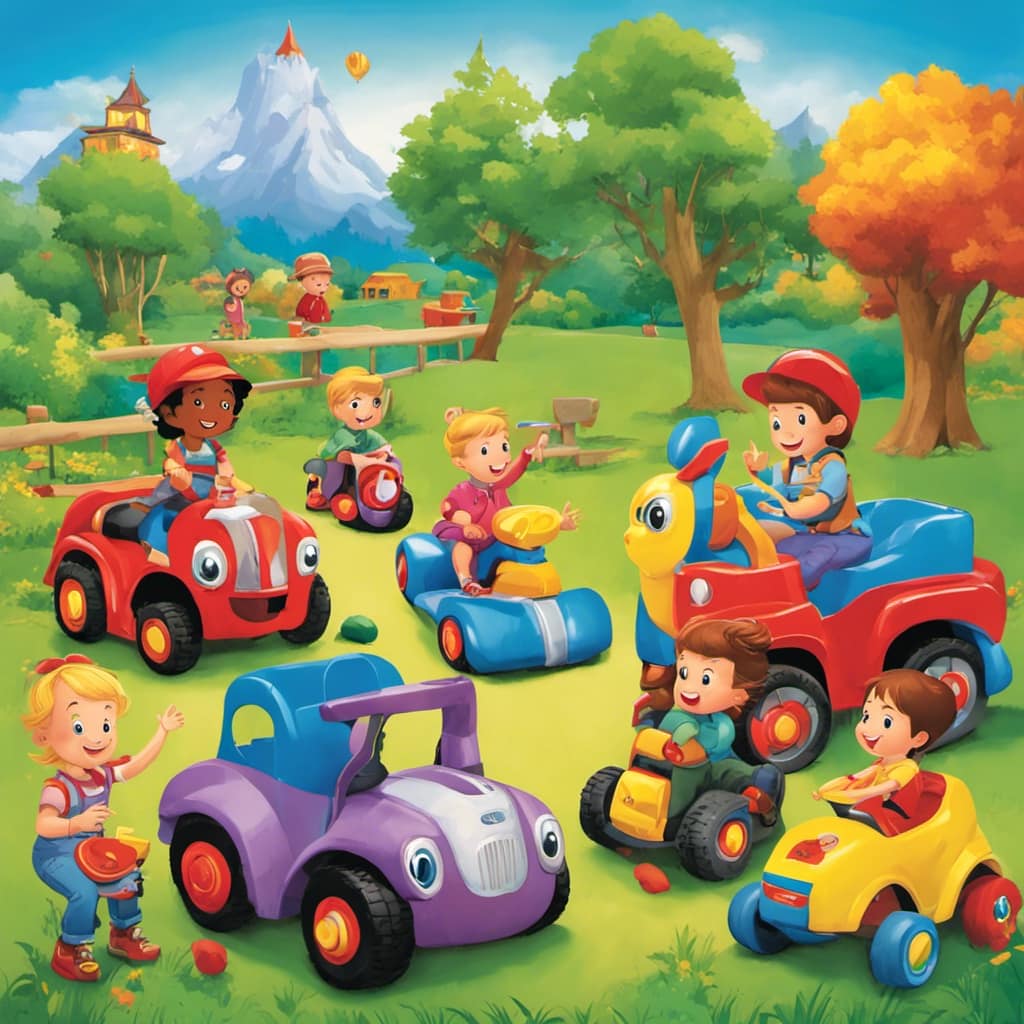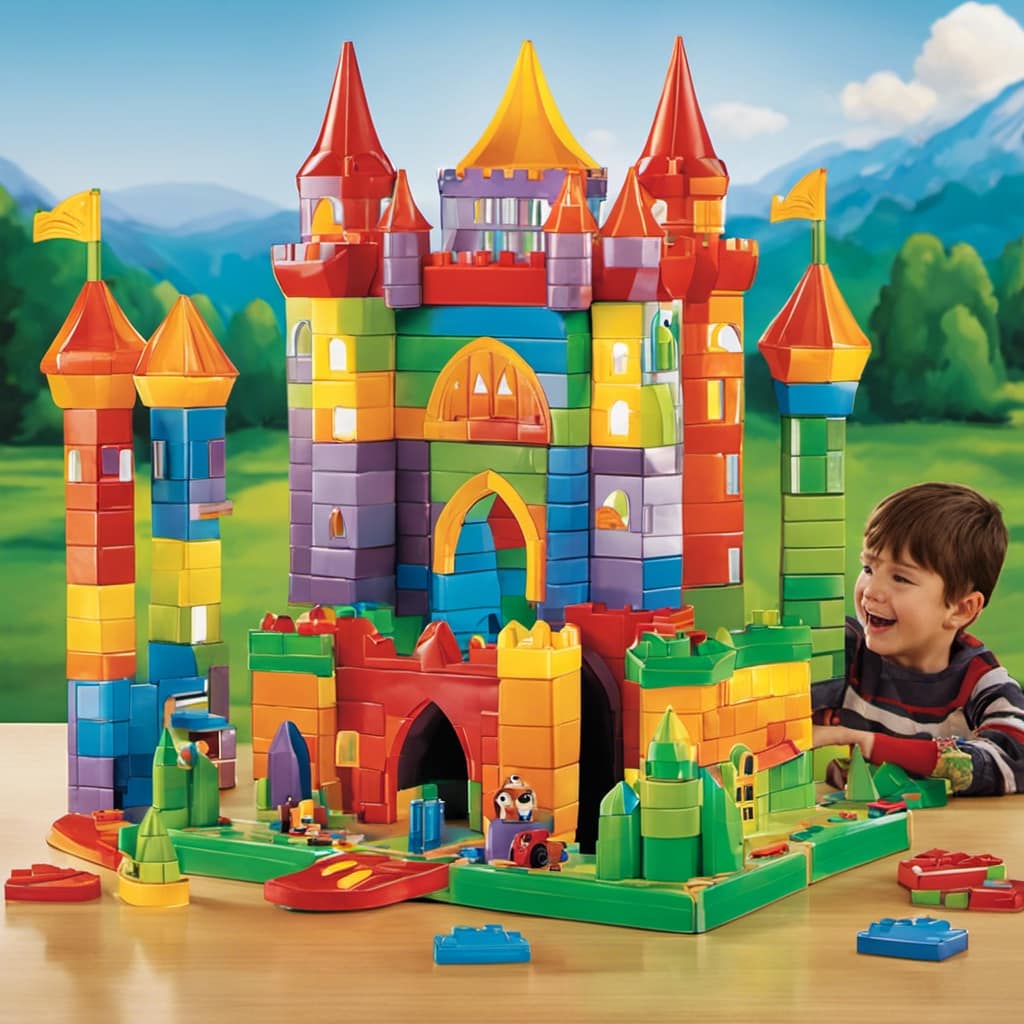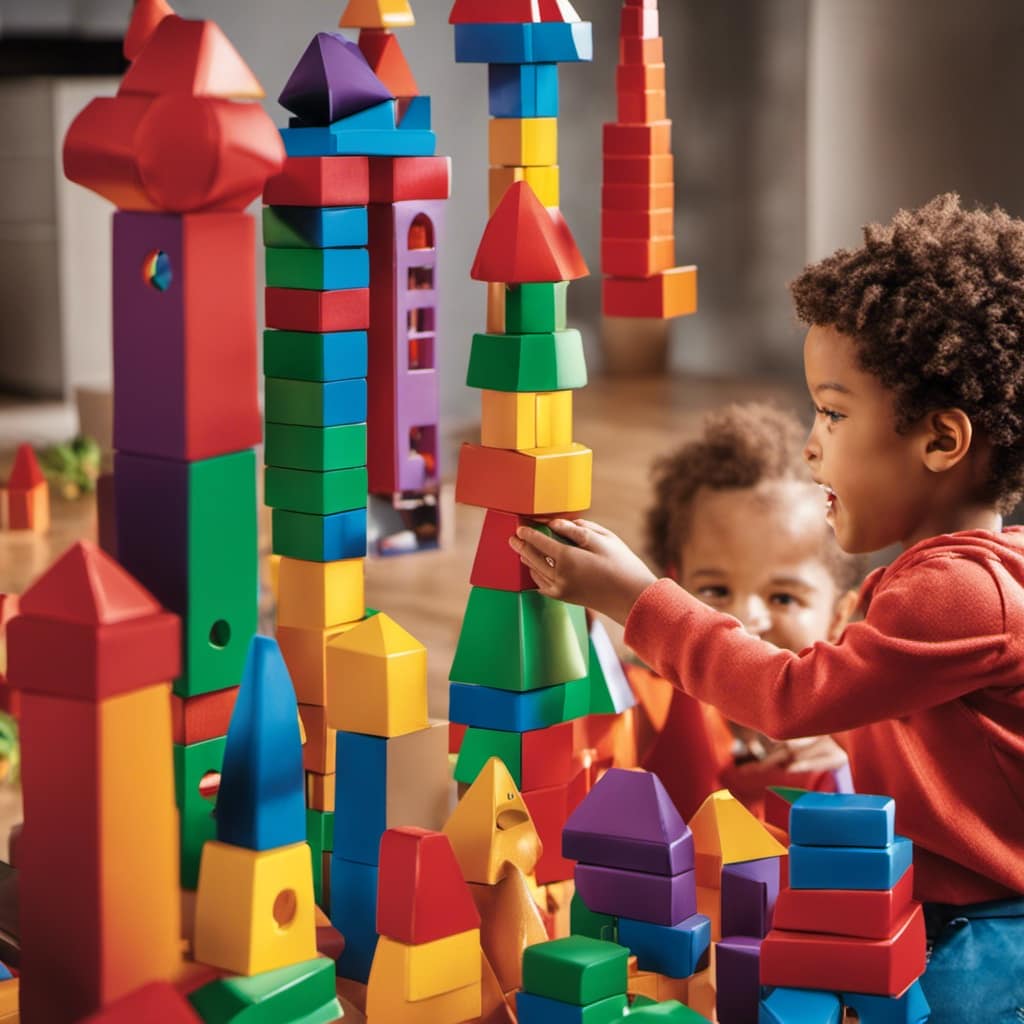We all want the best for our children, especially when it comes to their education and development. Did you know that interactive educational toys play a crucial role in enhancing their growth?
They not only entertain but also stimulate their young minds, fostering cognitive, language, and motor skills. In this article, we’ll explore the top interactive toys that are perfect for preschoolers, helping them learn while having fun.
So, let’s embark on this exciting journey together!
Key Takeaways
- Interactive learning toys enhance problem-solving skills, foster creativity, improve cognitive development, and develop social skills.
- When looking for preschool toys, it is important to consider their durability, sensory development features, interactive features, educational value, and age-appropriate features.
- Toys that promote cognitive development include shape sorters, puzzles, building blocks, memory games, and toys that promote critical thinking.
- Toys that promote language and communication skills include storytelling toys, alphabet and word recognition toys, conversation starter toys, and problem-solving games.
Benefits of Interactive Learning Toys
We have found that interactive learning toys provide numerous benefits for preschoolers.

Not only do they make playtime fun and engaging, but they also have a positive impact on the development of social skills and problem-solving abilities.
These toys encourage children to interact with others, promoting important skills like sharing, taking turns, and cooperation.
Through play, preschoolers learn how to communicate effectively, negotiate, and resolve conflicts, all of which are crucial for their social development.
Additionally, interactive toys offer opportunities for problem-solving and critical thinking.

Whether it’s figuring out how to fit puzzle pieces together or solving a maze, these toys challenge children’s minds and help them develop problem-solving abilities.
As we move forward, let’s explore the top features to look for in preschool toys, ensuring that our little ones have the best learning experiences.
Top Features to Look for in Preschool Toys
When selecting preschool toys, it’s important to consider the top features that will enhance the learning experience for our little ones. Here are four key features to look for in preschool toys:
-
Toy Durability: Preschoolers can be rough with their toys, so it’s crucial to choose toys that are built to withstand their active play. Look for toys made from sturdy materials that can withstand drops, bumps, and rough handling.

-
Sensory Development Toys: Preschoolers are still developing their sensory skills, so toys that engage their senses are highly beneficial. Look for toys that offer different textures, colors, and sounds to stimulate their senses and promote sensory exploration.
-
Interactive Features: Toys that encourage interaction and engagement are ideal for preschoolers. Look for toys that have buttons to push, levers to pull, or puzzles to solve. These interactive features promote problem-solving skills and keep little ones engaged for longer periods.
-
Educational Value: Choose toys that offer educational value. Look for toys that teach numbers, letters, shapes, colors, and other essential concepts. These toys not only entertain but also help develop cognitive skills and prepare preschoolers for school.
Considering these top features will ensure that the preschool toys we choose aren’t only entertaining but also beneficial for our little ones’ development.
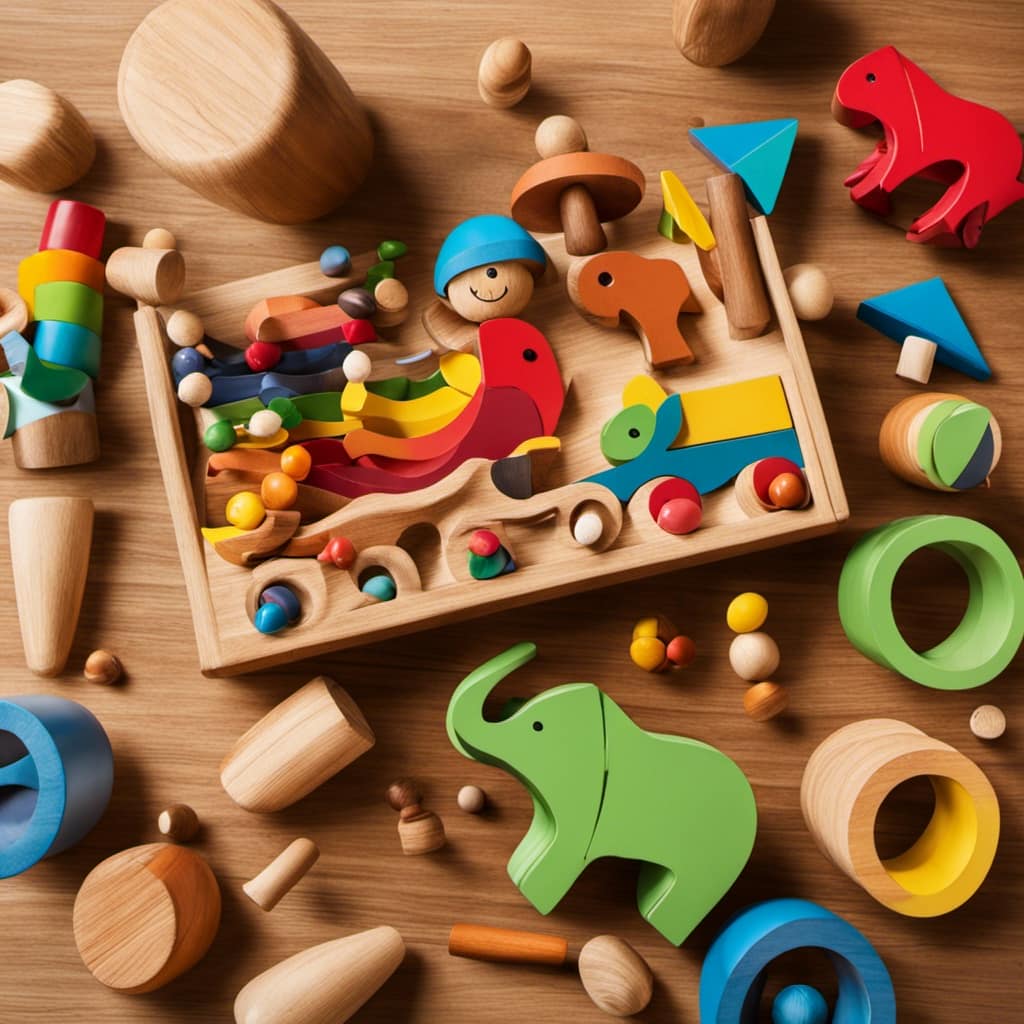
Now, let’s delve into the next section to discover the best interactive toys for cognitive development.
Best Interactive Toys for Cognitive Development
To promote cognitive development in preschoolers, interactive toys that encourage problem-solving skills and critical thinking are essential. These types of toys not only provide entertainment but also help children develop important cognitive skills that they’ll carry with them throughout their lives.
Sensory exploration toys for preschoolers, such as shape sorters and puzzles, engage their senses and promote problem-solving abilities. These toys challenge children to think critically and find solutions to the puzzles or tasks presented to them.
Additionally, problem-solving and critical thinking toys, such as building blocks and memory games, further enhance cognitive development by requiring children to think strategically and make decisions. By engaging with these interactive toys, preschoolers can develop important cognitive skills that will serve as a foundation for their future learning.
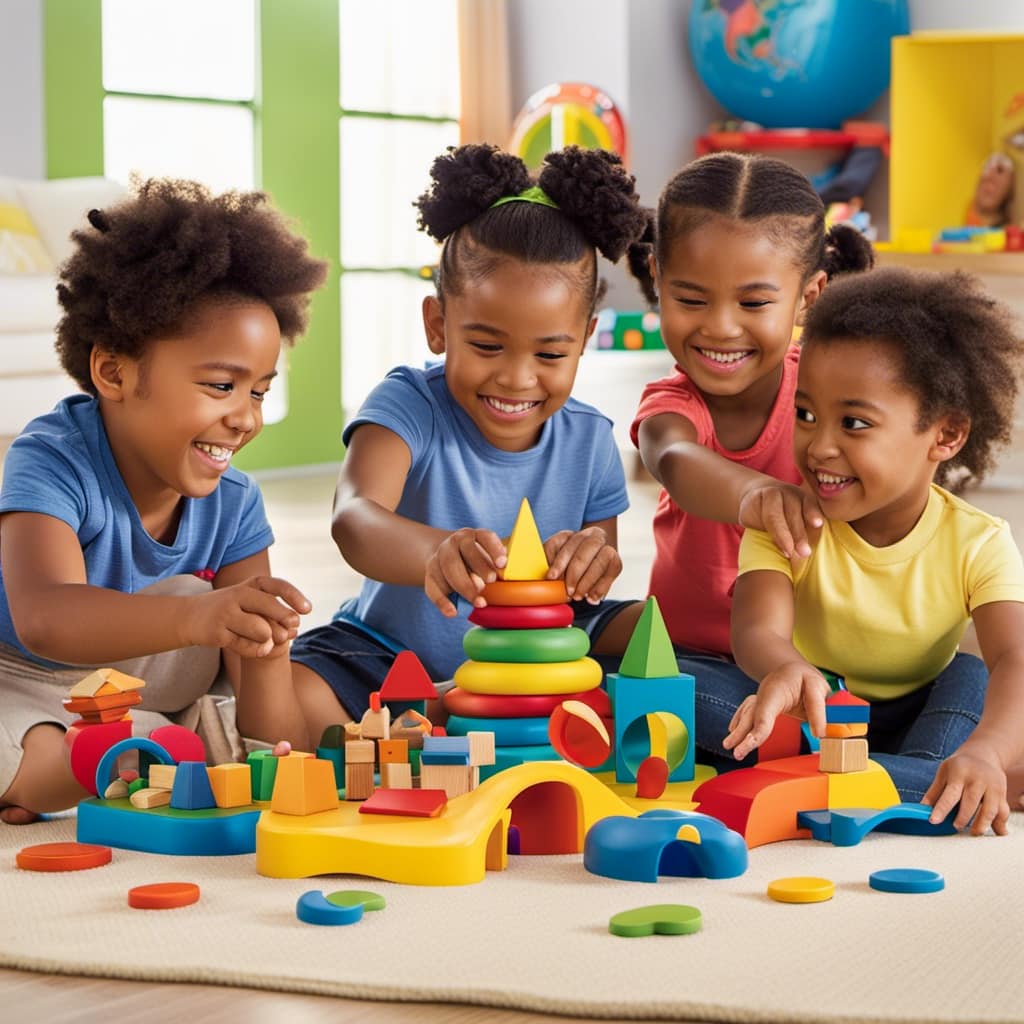
Now, let’s explore the next subtopic: interactive toys for language and communication skills.
Interactive Toys for Language and Communication Skills
Preschoolers frequently benefit from interactive toys that enhance their language and communication skills. These toys not only provide entertainment but also help children develop crucial skills that will serve them well throughout their lives.
Here are four interactive toys that can aid in the development of language and communication skills:
-
Storytelling toys: These toys encourage children to engage in imaginative play and help them build their vocabulary and storytelling abilities.
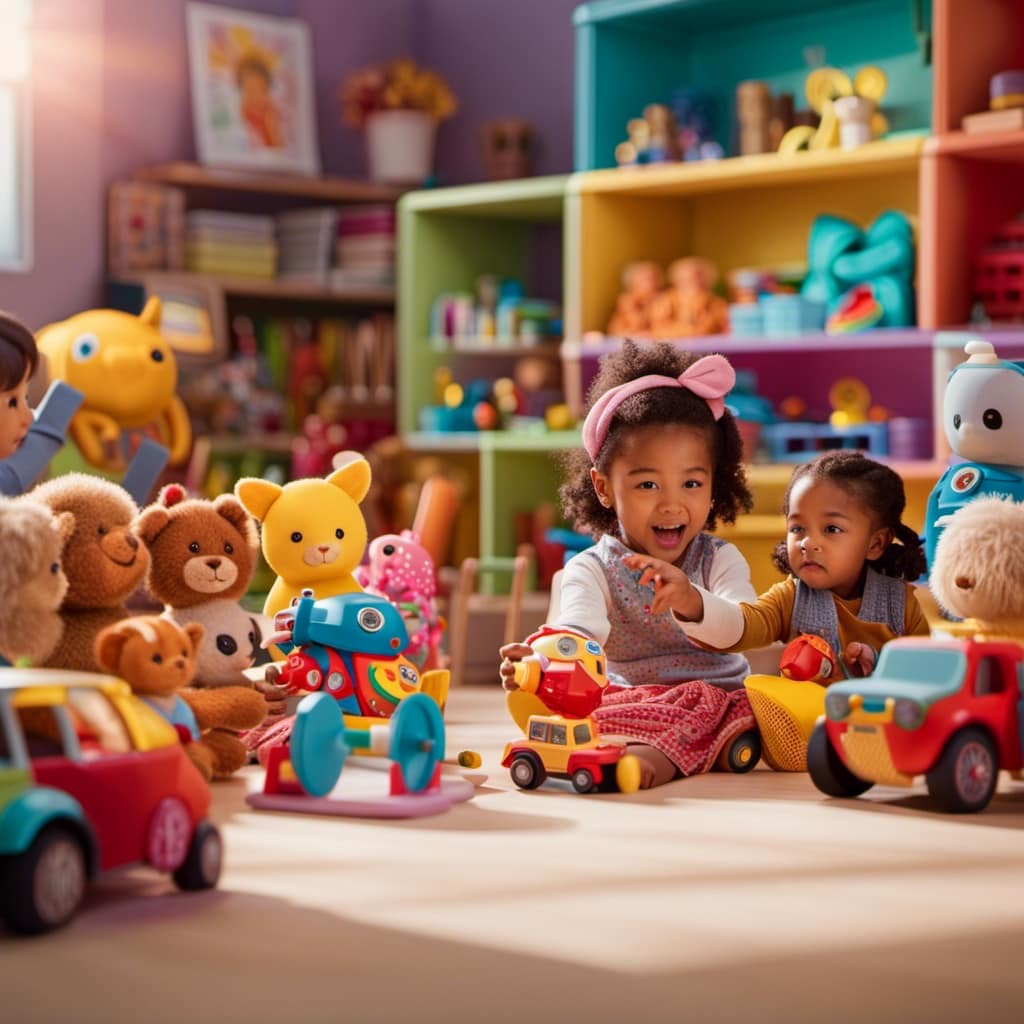
-
Alphabet and word recognition toys: These toys introduce preschoolers to letters, words, and phonics, promoting early literacy skills.
-
Conversation starter toys: These toys prompt children to engage in conversations, fostering their communication skills and social development.
-
Problem-solving games: Interactive toys that involve problem-solving tasks can help children improve their language skills as they communicate their thoughts and strategies to solve the challenges presented.
Fun and Engaging Toys for Motor Skills Development
We found that through our research, the best way to enhance motor skills development in preschoolers is by incorporating fun and engaging toys that encourage active play and movement.
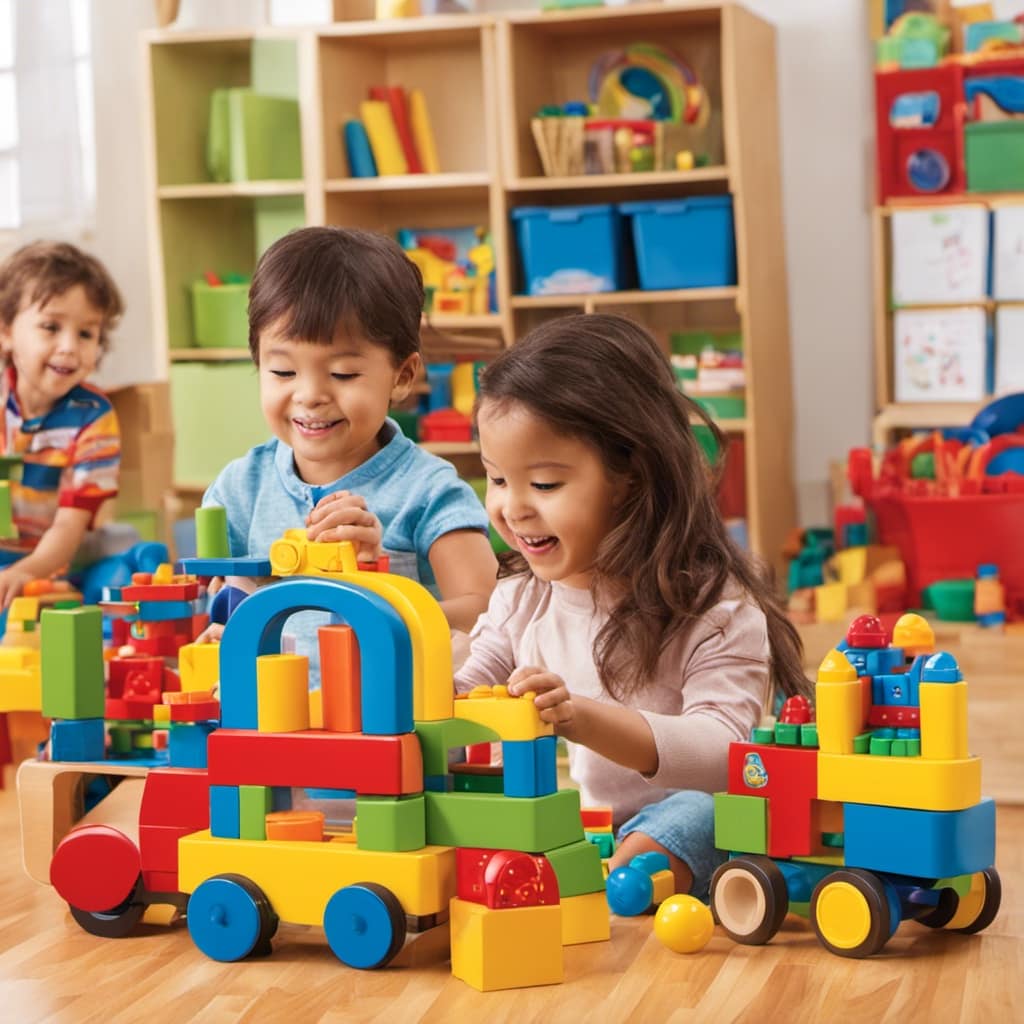
Fine motor skills, which involve the coordination of small muscles in the hands and fingers, are crucial for tasks like writing, buttoning clothes, and using utensils. Toys that promote fine motor skills include building blocks, puzzles, and pegboards. These toys require children to manipulate and grasp objects, strengthening their hand-eye coordination and dexterity.
Additionally, sensory play toys can also enhance motor skills development. Toys like play dough, sand, and water tables provide opportunities for children to explore different textures and engage their senses while developing their motor skills.
Frequently Asked Questions
How Much Do Interactive Learning Toys for Preschoolers Typically Cost?
Interactive learning toys for preschoolers typically range in cost based on factors such as brand, features, and materials. Prices can vary from affordable options to more expensive ones, allowing families to find toys that fit their budget and educational needs.
Are There Any Interactive Learning Toys That Can Be Used for Multiple Areas of Development?
Yes, there are interactive learning toys that can be used for multiple areas of development. They can help with toilet training, fine motor skills, and more. They make learning fun and engaging for preschoolers.

Are There Any Interactive Learning Toys That Are Suitable for Children With Special Needs?
When it comes to inclusive learning toys, we believe in adapting interactive toys to meet the needs of all children, including those with special needs. Every child deserves the opportunity to learn and grow.
Can Interactive Learning Toys for Preschoolers Be Used in a Classroom Setting?
In a classroom setting, interactive learning toys offer numerous benefits. They engage preschoolers, making learning fun and hands-on. Compared to traditional methods, interactive toys promote active participation and enhance cognitive development.
Are There Any Interactive Learning Toys That Can Be Used to Promote Social Skills Development?
Using interactive learning toys for preschoolers can greatly benefit their social skills development. These toys provide opportunities for collaboration, communication, and problem-solving, fostering important skills for interacting with others.
Conclusion
In conclusion, interactive learning toys provide countless benefits for preschoolers. These toys promote cognitive development, language and communication skills, and motor skills. They engage young minds with features like lights, sounds, and interactive buttons, making learning fun. The options for interactive toys are endless, ranging from building blocks to talking teddy bears. So, why wait? Dive into the world of interactive toys and watch your child’s imagination soar to new heights. It will be like a rocket blasting off into the stars!
